Farmers Journal Scotland caught up with Roy Neilson, soil ecologist at the James Hutton Institute to find out more on the role of nematodes in the soil and the leading research which could have a big impact on Scottish farms in the future.
“Farming is a balance and the skill is maintaining that balance,” believes Mark. “Much of my work is understanding that balance when it comes to the soil.”
Project one: three-way soil analysis
Mark and the team at Hutton are at the early stages of working on an exciting project which hopes to bring the three strands of soil health together for the first time. They plan to introduce a commercial soil test for farmers which looks at the chemistry, physical composition and the biology of the earth for the first time.
“The project is currently at the proof of concept stage but we are making progress,” said Mark. “We are funded through Innovate UK and work with Soil Essentials, Barfoot of Botley (a global farming and food business located in the south of England), SRUC, James Hutton Ltd and Scottish Agronomy.”
Mark is clear that this offers a step change in soil analysis for farmers who want to get better performance out of their soil. “Most people previously would look at a measure of soil health, pH or organic matter but that’s looking at the soil chemistry,” said Mark. “You may get lucky and people might look at soil bulk density to determine if there is any constraint to rooting but that’s soil physics. But so far, most people have ignored soil biology. By doing this you are ignoring a key component of the system.”
Early work on soil physics, chemistry and biology
Mark explained that to obtain a true assessment of the soil, you need to see physics, chemistry and biology which all work together. “To do this we are analysing 5,000-6,000 samples from across the UK,” he said. “We couldn’t do this project without the approximately 800-1,000 farmers who are providing access to their land for us to take soil samples.”
In terms of soil biology, they are particularly interested in the nematodes. Many people have heard of the potato cyst nematode (PCN) which damages potato, but the vast majority of nematodes benefit the soil and crops.
Nematodes are critical to soil health
Nematodes are small microscopic organisms living in the soil. They range from 0.5mm to 5mm in length. You can categorise them into feeding groups to analyse the potential health of the soil. Some feed on bacteria, others on fungi. You also get ones that scavenge and even those that feed off others.
We are also very interested in the nematodes who feed off the roots of crops like PCN. By studying the variety and numbers of different groups of nematodes, you get a picture of the greater soil food web.
Understand your different earthworms
“This is cutting edge,” said Mark. “We are moving away from using species like earthworms to analyse soil health. Whilst there is nothing wrong with using earthworms, you must put them into different categories. Not all earthworms do the same thing.”
There are nearly 15 different species of earthworms in Scotland which can be broken down into three main groups.
Firstly there are those who live on the surface. Then there are those who burrow up and down vertically. They are the ones who leave the little earth piles and seagulls catch by banging their feet on the ground. Then finally there are those who burrow horizontally who live deeper into the soil, rarely seeing the light of day.
To assess the benefits earthworms provide to your soil, you need to know the type of worm. Knowing the number of worms gives you the biomass but understanding the mix gives a picture of the balance in the community and the overall health of the soil.
Moving to the next level of detail
Mark believes moving from worms into nematodes is the next level of detail.
To find out which nematodes are in the soil they use DNA-based tools. After sieving the soil to extract the nematodes, DNA-marker technology is used to identify the different groups. This allows scientists to see how many different species there are and their prevalence. What they are looking for is the diversity and the proportion of the different functional (feeding) groups.
From the results farmers are told if they need to add any inputs like muck or lime to fine tune the soil performance. “Our project could see this test – along with the chemistry and physics of the soil – be conducted on a commercial basis for farmers,” said Mark. “Whilst we are focusing on crops, there is no reason why this wouldn’t work with grassland too.”
Project two: integrated pest management (IPM)
The other part of Mark’s work is on integrated pest management. He made it clear he is just one of a team of nearly 70 people working at the Hutton Institute on the holistic view to crop growing.
“My interests are in developing tools to target identification of individual nematodes in the soil,” he said “We are now moving from looking at groups of nematodes to hunting specific species which we know can damage crops. For instance we are looking for Trichodorid nematodes which transmit tobacco rattle virus which results in spraing disease in potatoes.”
Previously people would look down a microscope and the sample throughput would be very slow. Now with DNA-marker technology, scientists can identify these nematodes by species far quicker. There might be a number of similar nematodes in the soil but it’s vital to find the specific species which spreads disease or attacks the plants.
“We need to take a range of samples as they are not distributed evenly across fields,” said Mark. “If you map their density, it would look a bit like the Grampian Mountains with peaks and troughs showing differently populated areas. Nematodes like trichodorids are usually found in sandy loam soils.” These measures can all be done pre-planting so farmers have time to rebalance the soil to ensure the crop is a success. There are active ingredients which farmers can apply, but increasingly it’s more a management approach rather than removal of nematodes. This could be as simple as picking a variety which is more tolerant to the conditions. Mark explained that this isn’t just for potatoes but also relevant for carrots, cereals and sugar beet. “We have seen an increase in the amount of sugar beet grown thanks to demand for biomass feedstock for on-farm anaerobic digesters.”
He went on to say that “Increasingly farmers seem to be putting in cover crops but the jury is out about the exact benefits in managing damaging nematodes.”
Project three: sustainable production
The final main part of Mark’s work is on sustainable production. Mark acknowledges this is something farmers have always worked towards.
“I guess we could say it is trying to sustain or maintain efficiency of production with fewer resources or inputs.”
Grasslands
One of the exciting areas they are working on at the moment is looking at the greenhouse gas emissions from grassland. The project is looking to see if different grass species (or even different varieties) emit differing levels of greenhouse gases.
If successful it could provide advice on different seed mixes which could reduce greenhouse gas emissions. There is also potential for this to contribute to a reduction in losses of nutrients via denitrification and promoting soil organic matter accumulation.
“I must stress we are at a very early stage of the research but we are moving from the lab to the field,” said Mark. “Like much of the country, our sowing was also delayed this spring due to the weather, but we should have trials underway very soon. We are working off of the recommended national grass species list so it’s commercially focused.”
The grass will be cut to mimic grazing. The project will start to get field data this year but it will be a couple years before any definitive comments can be made. “We need to take baby steps as there are so many variables to understand when working with greenhouse gases,” said Mark about the Scottish Government-funded project. “Way on in the future, we could use the research to reduce emissions from grassland.”
The project could be a way for farmers to maintain livestock production from grassland whilst hitting climate change targets. “It’s going well so far so watch this space,” said Mark positively.





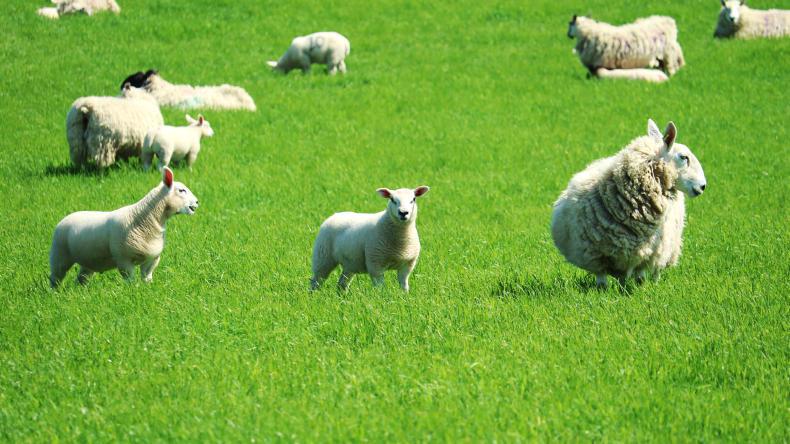
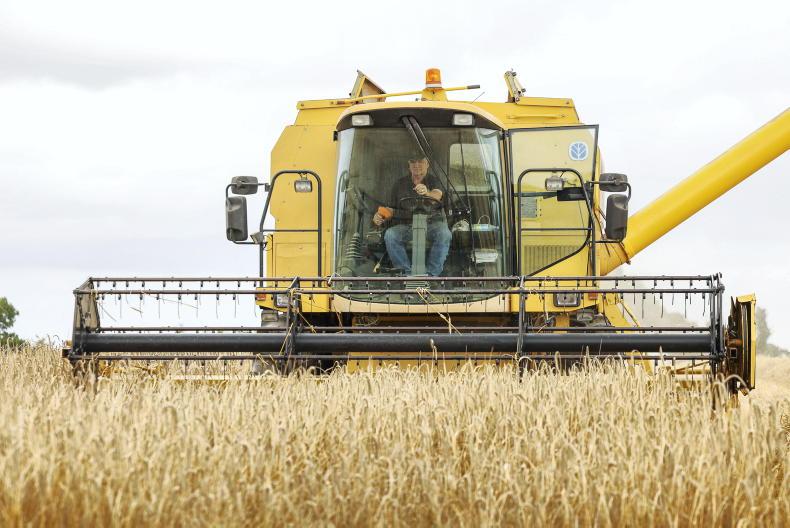

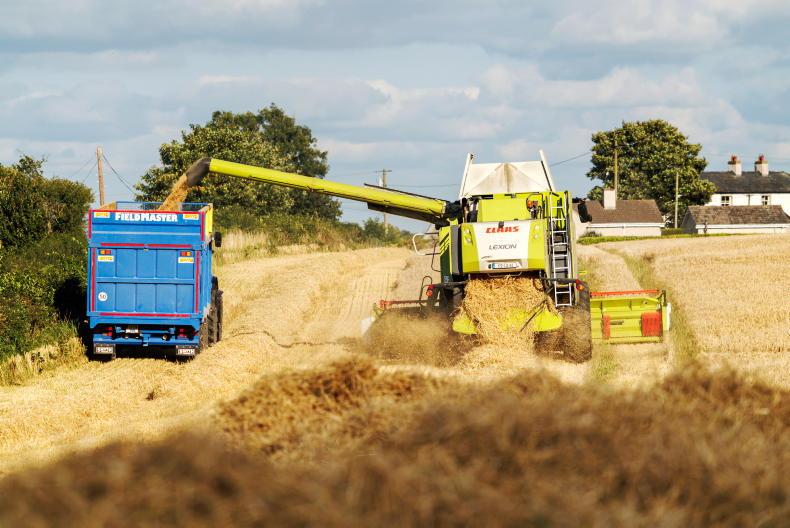
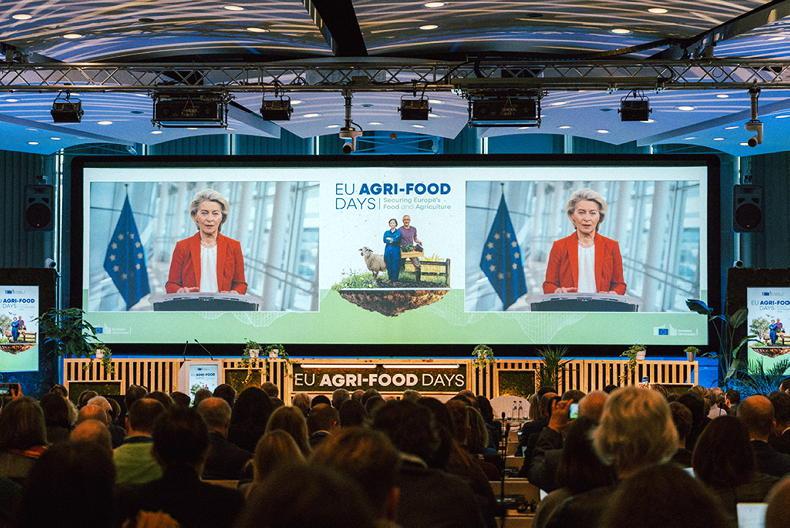
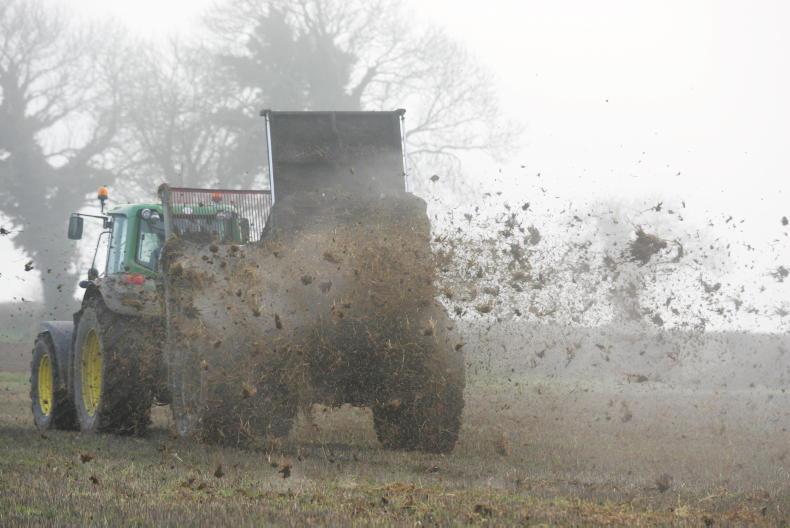
SHARING OPTIONS